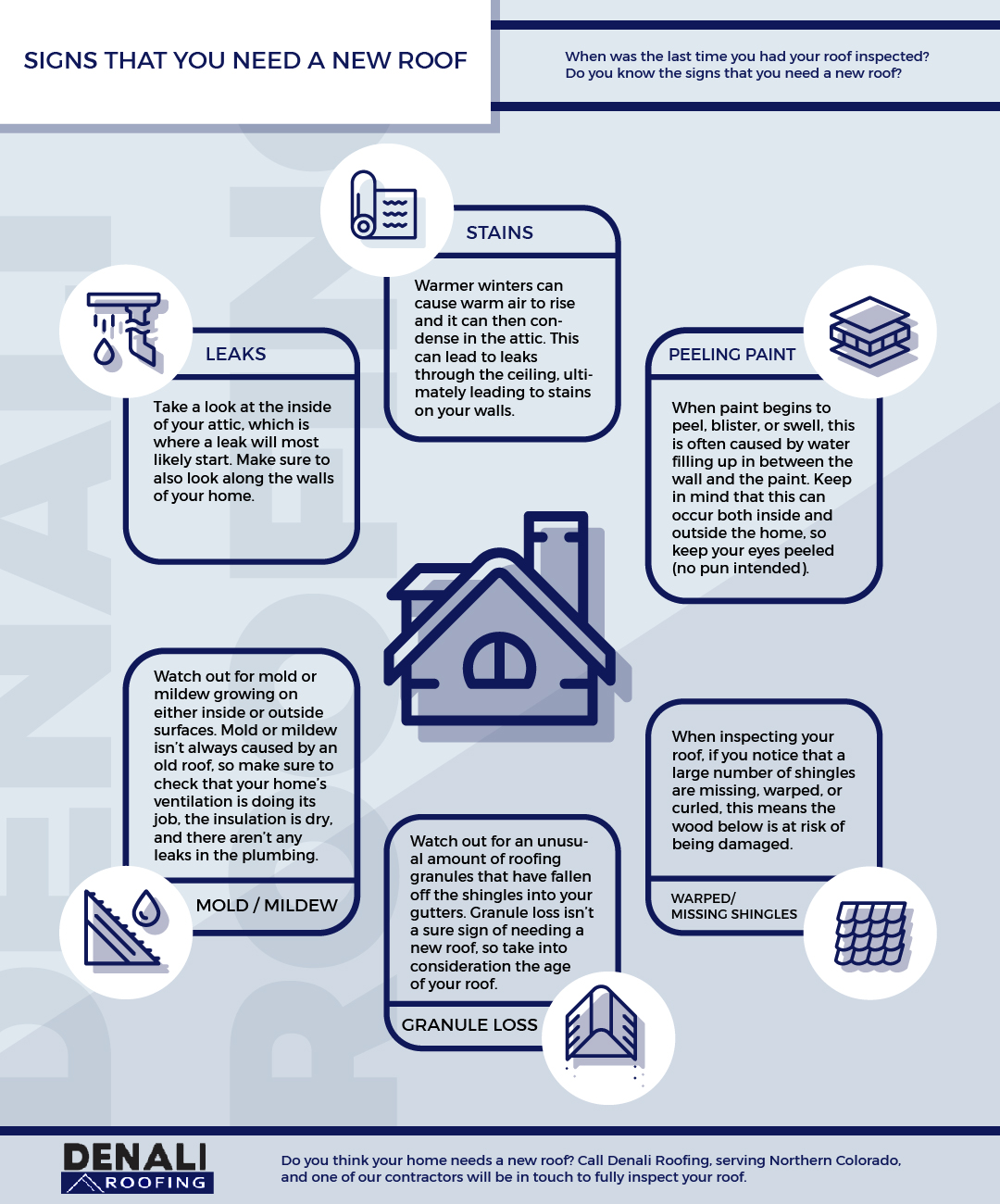The Contribution Of Roof Covering Ventilation To A Successful Installment Process
The Contribution Of Roof Covering Ventilation To A Successful Installment Process
Blog Article
Material Writer-Caldwell copyright
When you're dealing with a roofing job, you could not assume much regarding roof covering ventilation, but it's even more vital than you understand. Effective air flow assists control temperature level and dampness in your attic room, stopping problems like mold and architectural damages. By comprehending how to develop and mount a balanced air flow system, you can enhance energy efficiency and extend the lifespan of your roofing products. So, what are the crucial variables to consider throughout installment that can make all the distinction?
Value of Roofing System Ventilation
Roofing air flow plays an important role in preserving the total wellness of your home. By permitting fresh air to flow through your attic room, it helps manage temperature level and dampness levels. This equilibrium is necessary to prevent warm build-up throughout hot months, which can cause enhanced power prices as your cooling works overtime.
Additionally, proper ventilation dramatically minimizes the risk of moisture-related concerns like mold and mildew and mildew. If moisture levels increase, your home's architectural integrity can be endangered, bring about expensive repairs. You wouldn't want to deal with decomposing timber or warped roof products, right?
Furthermore, adequate ventilation expands the lifespan of your roofing system. When warmth and dampness are kept in check, your roofing system can carry out optimally, avoiding early damage. This suggests fewer headaches and costs down the line.
How Roofing System Ventilation Works
Efficient roof covering air flow relies on the all-natural activity of air to produce an equilibrium in between consumption and exhaust. When you install vents, you're basically permitting fresh air to enter your attic room while making it possible for hot, stale air to run away. This procedure helps manage temperature and moisture degrees, protecting against problems like mold growth and roof damages.
Intake vents, commonly located at the eaves, draw in awesome air from outdoors. At the same time, exhaust vents, situated near the ridge of the roof covering, allow hot air surge and leave. The difference in temperature develops a natural air flow, referred to as the stack result. As warm air rises, it produces a vacuum cleaner that pulls in cooler air from the lower vents.
To Read More On this page , you require to guarantee that the consumption and exhaust vents are properly sized and positioned. If the intake is restricted, you won't achieve the wanted air flow.
Similarly, not enough exhaust can trap heat and dampness, leading to prospective damages.
Key Installation Factors To Consider
When installing roof ventilation, a number of key factors to consider can make or break your system's performance. Initially, you need to assess your roofing's style. The pitch, form, and materials all affect air movement and ventilation selection. Make certain to select vents that fit your roof kind and local climate problems.
Next, consider the placement of your vents. Preferably, you'll desire a well balanced system with consumption and exhaust vents placed for optimum air movement. best roofers in san antonio on the roofing and exhaust vents near the height to motivate an all-natural circulation of air. This configuration helps avoid moisture accumulation and advertises energy effectiveness.
Don't ignore insulation. Proper insulation in your attic stops heat from leaving and keeps your home comfortable. Make certain that insulation does not obstruct your vents, as this can impede air movement.
Lastly, think of maintenance. have a peek here that are very easy to accessibility for cleaning and evaluation. https://eriemetalroofing51738.jaiblogs.com/60271883/prevent-expensive-repairs-by-carrying-out-regular-roofing-upkeep-discover-crucial-suggestions-that-can-secure-your-home-in-unexpected-means ensures your system continues to operate effectively over time.
Conclusion
Finally, roofing air flow is essential for a successful setup. By ensuring correct air flow, you can protect against warm accumulation and moisture issues that lead to pricey damage. When you strategically position consumption and exhaust vents, you boost power performance and prolong the life expectancy of your roofing. Keep in mind, a well-ventilated roofing system not only shields your investment yet likewise enhances your interior air high quality. So, focus on air flow to make certain a resistant and affordable roofing system for your home.
